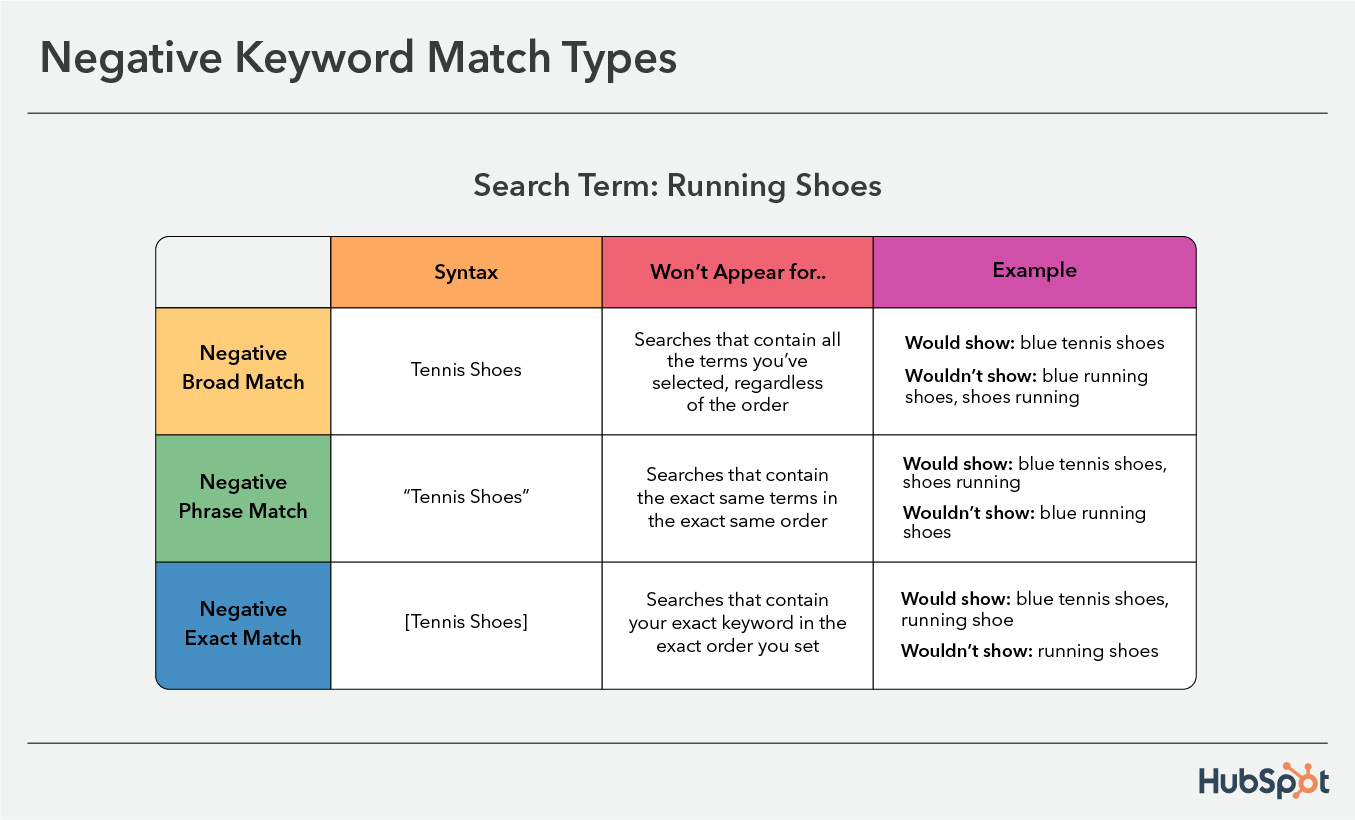Digital Marketing
10 Tips For Optimizing Your Google Ads Campaigns

Are you struggling to unlock the full potential of your Google Ads account? With so many metrics to track and changes to keep up with, it's no wonder that many advertisers find Google Ads optimization to be a challenging task. But fear not! In this article, we'll guide you through ten helpful tips that will make optimizing your Google Ads account a breeze.
First things first: forget about the jargon and technical terms. We're here to help you actively target the right shoppers with the right products. By mastering Google Ads optimization, you'll be able to boost your core metrics and drive more conversions.
So let's get started! From bidding strategies to ad copy, we've got you covered with practical tips and examples that you can apply right away.

What is Google Ads optimization?
Put simply, Google Ads optimization is about ensuring that your ads are as effective as possible. It's about showing your ads to the people who are most likely to be interested in your products or services, and at the times when they're most likely to convert. By optimizing your account, you can boost your click-through rates, lower your cost-per-click, and ultimately drive more conversions.
But here's the thing: optimization isn't a one-time thing. With the digital marketing landscape changing so rapidly, what worked last month might not work this month. As Meg Berry, Senior Content Expert, explains:
"Because of how quickly the digital marketing environment changes, the settings, builds, and tests that upheld optimal performance last month (or even last week) might actually be working against optimal performance now."
That's why it's important to routinely optimize your Google Ads account to ensure that you're always taking the right steps to make it successful.
So, how do you optimize your Google Ads account? In the next section, we'll share some practical tips and tricks that you can use to take your ads to the next level.
1. Create a list of negative keywords
Did you know that the keywords you bid on in your Google Ads account and the search terms that users type into Google before clicking your ad are often not the same? This means that you need to be strategic about the keywords you include in your campaigns and the ones you exclude.
Enter negative keywords. These are the search terms that you don't want your ads to appear for. By creating a list of negative keywords, you can improve the relevancy of your ads and ensure that you're not wasting money on clicks that are unlikely to convert.
So, how do you create a list of negative keywords? According to John Allen, a Google Ads expert and writer for Hero Blog:
"Think of words and search terms that you don't want to trigger your ads. Create a list of these keywords and organize them by theme, based on the different products or services you offer. You can add up to 5,000 negative keywords per list. You can apply the same list to multiple campaigns at the same time."
Remember, adding negative keywords to your campaigns is a simple yet effective way to improve your ad performance and ensure that you're reaching the right audience. So don't forget to review your search terms regularly and update your negative keyword lists accordingly.

2. Monitor search ad performance
Monitoring your search ad performance is an essential part of optimizing your Google Ads. By analyzing your ads and making tweaks based on what you learn, you can optimize your campaigns and boost your click-through rates and conversions. Here are some steps you can follow to monitor your ad performance in Google Ads:
- Select the campaign you want to analyze
- Click on "Ads" in the left menu
- Select "View asset details" below each ad
This will show you the asset values based on the performance of your ads. The values scale from low to high and include a "learning" value when the system is still gathering data. By analyzing these values, you can determine which ads are performing well and which ones might need optimization.
But remember, optimizing your Google Ads is not a one-time event. It requires ongoing A/B testing and trial and error to figure out what works best for your business and your audience. So be patient, be persistent, and keep monitoring your ad performance to ensure that you're always improving your campaigns.
3. Target specific audiences using RLSAs
Remarketing Lists for Search Ads (RLSAs) is a Google feature that lets you layer remarketing list audience targeting on top of your search campaigns. Remarketing lists open new opportunities to narrow your keyword traffic down to searchers who have already been to your site. This also gives you more flexibility with the broadness of your keywords.
According to KlientBoost, here are some best practices when deciding to test out RLSAs:
- Make sure you have a remarketing list on the larger side. Audiences need at least 1,000 users to be targetable in search campaigns, but at least 5,000-10,000+ members is a much better size. Try making remarketing lists with larger lookback windows if 30 days aren't enough to build a decent-sized audience.
- Make copies of existing campaigns to test as RLSAs. Make duplicates of some of your best-performing campaigns, and run those duplicates as RLSAs.
- Exclude your remarketing list from any non-RLSA campaigns that have RLSA versions. You want to direct your remarketing traffic to your RLSAs, that's why you made them

4. Location target bid adjustment
Not all locations are equal in terms of product conversion performance. It isn't only about country-specific language changes. Target bid adjustments can help you run more profitable campaigns. This allows you to adjust bids based on the user's location, including country, state, city, or postcode.
John Allen suggests following these steps:
- Specify where you want your ads to be shown
- Allow the campaign to run for at least a few weeks
- Access the locations report to assess how each bid is performing
- Adjust bids based on results
By using location-based bid modifiers, you could set higher bids for locations more likely to convert. Take a look at this example from Campaign Monitor:
Let's say you're selling camping equipment. You'd probably find that your sales are higher in more rural areas than urban centers. Going further, let's assume sales for your camping equipment are much higher in Montana. Therefore, you may target Montana more heavily than the rest of the United States.
5. Personalize messaging by delving into Google Ads language settings
Google's language targeting will allow you to reach potential shoppers based on their native language. You can personalize Google messages to achieve better results.
"Even if you're only selling in the United States, that doesn't mean you shouldn't take advantage of this Google Ads language optimization hack. Did you know that as many as 41 million Americans are native Spanish speakers? Enter language targeting." - Campaign Monitor
The goal is to connect with bilingual audiences who may use non-English browsers but understand English ads. You can follow these easy steps from Google to help you optimize language targeting for all your existing campaigns:
Set languages for multiple campaigns at once
To set languages for multiple campaigns at the same time:
1. Sign in to your Google Ads account.
2. Click All campaigns in the navigation panel.
3. In the page menu along the left, click Settings.
4. Check the box next to any campaigns you want to change.
5. From the Edit menu, select Change languages.
6. Type a language in the text field, then select the one you want from the list.
7. Optional: Click Preview to see how your campaigns' languages will change.
8. Click Apply.
6. Get rid of distracting vanity metrics
It's essential to use your time and money effectively. There are ways of being more cost-effective. For example, you can eliminate data columns you don't use daily. You can also get rid of the ones that don't bring you any added value in your day-to-day optimizations.
Also, it's common to set up your column sets with different data variations by which you want to track and optimize campaigns. However, in some cases, having too much data can prove to be very much distracting. This can result in you missing the data that truly matters.
One option you might want to try is eliminating columns such as "Search Imp. share," as if you're on a tight budget. Focusing on metrics you can influence, such as your CTR, is beneficial if you're limited in finances.
"Writing some new and improved ads with compelling ad copy can help raise your CTR without raising bids." Asi Dayan, WordStream

7. Optimize your landing pages to match your ad copy
Landing pages are a vital element of your Google Ads strategy. Without a doubt, your PPC ads must lead users to a specific landing page where they have the chance to convert. Poorly optimized landing pages will only cause users to hit the "back" button. This is something that should be avoided at all costs.
"To use this Google Ads optimization, the best thing you can do is to make them match your ad copy. If your ad copy advertises your home repair tools, don't make the landing page about your professional construction equipment." - Matthew Gibbons, WebFX blog
If users notice that your landing page and ad copy do not match, they will click away, making your ads useless. The best practice is to create a unique adding page for each ad you run.
8. Create custom audiences
Targeting specific keywords helps you reach the right audience. However, there are more options available than simply keywords.
Another option is reaching specific groups of people online by targeting your ads. Custom audiences is one of the most effective methods to do just that.
According to WebFX, custom audiences allow you to list particular demographics you want to target. Here are some qualities they suggest using:
- Age
- Gender
- Occupation
- Location, and so on
This Google Ads optimization guarantees your ads display only for those you're trying to reach.
"With an accuracy rate of 50.4 percent, custom audiences in Google Ads are a must-use feature."
9. Feature-driven ads vs. benefit-driven ads
Considering how you frame your ads is a key component for optimization. Now, there are two primary ways of framing or positioning your ads. First, you can have feature-driven. Second, you can have benefit-driven. While feature-driven messaging can be effective in certain circumstances, benefit-driven ads tend to perform more effectively. The reason is that benefit-driven ads appeal to consumers' main desire to solve a problem. Features are facts about products or services, and benefits give customers a reason to buy because they explain how your product or service improves their lives.
"As such, benefit-driven ads often use connecting language such as "us" and "we" to create and reinforce a relationship with the prospect, and use aspirational, evocative language to help would-be customers visualize how much better their lives would be if they used your products or services." - WordStream

10. Optimizing ad text in Google ads
Without a doubt, optimizing ad text can be a challenging task, especially if you have large campaigns featuring dozens of ad groups.
Making things even more difficult is the fact ads must be optimized for both desktop and mobile campaigns. This also includes the extensions that should be used. Many advertisers can find it hard to do this while trying to manage their everyday, stressful tasks. We know, we're feeling a bit stressed just thinking about it as well.
There are many efficient ways to write an effective ad text. According to an article from WordStream, the best Google Ads ads all share several qualities.
The best text ads:
- Include a relevant keyword at least once, especially in the headline
- Effectively convey your business'' unique selling proposition (USP) or the reason why prospective customers should choose your business over a competitor
- Feature a compelling call-to-action (CTA) that tells the prospect what to do and what to expect when they click on your ad

In Conclusion
Optimizing your Google Ads campaigns is an absolute must to ensure your account is performing at its peak potential. But where do you start? Don't worry - with the ten tips we've discussed in this article, you'll be able to improve your core metrics and achieve stellar results in no time. From creating negative keyword lists to crafting custom audiences, we'll show you how to effectively target your ideal audience with the right product, leading to increased conversions and heightened performance. So, what are you waiting for? Let's begin optimizing your Google Ads campaigns today to reach your business goals.
And to stay in the loop with our bite-sized blog updates and other exciting news, follow us on Facebook, LinkedIn and Instagram. Stay connected with us and never miss a beat!
If you want to take your Google Ads campaigns to the next level and achieve better results, contact our team of experts today. We're here to help you optimize your campaigns and develop a plan that works for you. Let's discuss your needs and take the first step towards achieving your business goals. Contact us now to get started!




